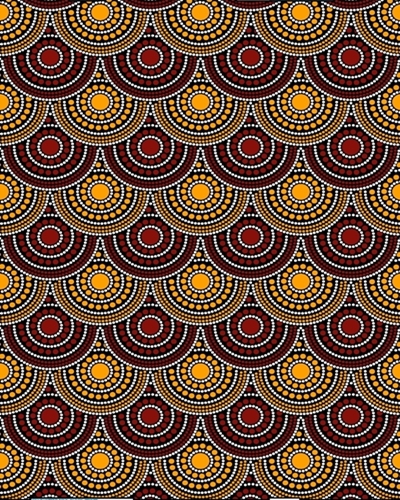African wax print fabric is a 100% cotton fabric most popular in West African countries, including. Nigeria, Ghana, Senegal, Gambia, Kenya and Tanzania.
History
African wax print fabric has its roots in Indonesian batik, which was brought to Africa by Dutch traders in the 19th century. The designs were initially produced in Holland and exported to the Dutch colonies in Indonesia, but were eventually brought to West Africa where they became popular.
In the early 20th century, European textile manufacturers began producing the fabric in Europe and exporting it to Africa. However, the fabric was not widely accepted by Africans until it was adapted to suit local tastes and needs. African entrepreneurs, particularly in Ghana and Nigeria, began producing their own versions of the fabric, incorporating local designs and motifs.
Today, the fabric is produced and worn throughout Africa, and has become an important part of African fashion. It is used to make traditional clothing such as dresses, skirts, and head wraps, as well as modern clothing such as shirts, pants, and even shoes.
BASIC STEPS IN AFRICAN WAX PRINT FABRIC PRODUCTION
1. Preparation
2. Raw cotton fibres
3. Spinning the cotton to make yarn
4. Using the yarn to produce grey cloth
– Design
– Wax Printing
– Indigo Dyeing
– Crackling Effect
– Colouration
– Washing
– Finishing
Production
African wax print fabric is produced through a process called wax-resist dyeing. The fabric is first washed and bleached, then a wax design is stamped or printed onto the fabric using a copper stamp or roller. The fabric is then dyed, and the wax is removed, leaving a design that is resistant to the dye. This process can be repeated multiple times to create intricate and colorful designs.
Symbolism
African wax print fabric has a rich symbolic meaning in African culture. The patterns and colors used in the fabric often have specific meanings related to cultural traditions, spirituality, and social status. For example, some patterns may be associated with specific tribes or regions, while others may be worn for special occasions such as weddings or funerals.
The fabric has also become a symbol of African identity and resistance, particularly during the colonial era. It was often worn as a symbol of African pride and cultural independence, and was even used as a form of protest against colonial rule.
Conclusion
African wax print fabric is a beautiful and important part of African culture and fashion. Its complex history and rich symbolism make it a fascinating subject of study, and its vibrant colors and designs make it a popular choice for clothing and accessories. Whether worn as a traditional garment or incorporated into modern styles, African wax print fabric in Rajkot, Gujarat will continue to be a symbol of African culture and identity for generations to come.
For more:
Where Can I Get Authentic African Fabric Supplier In India?

